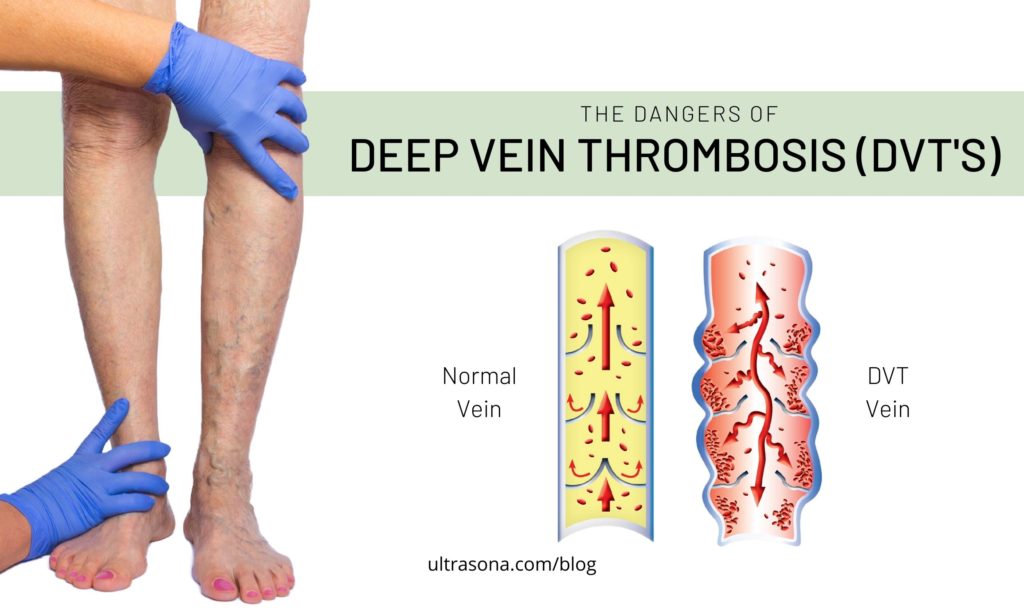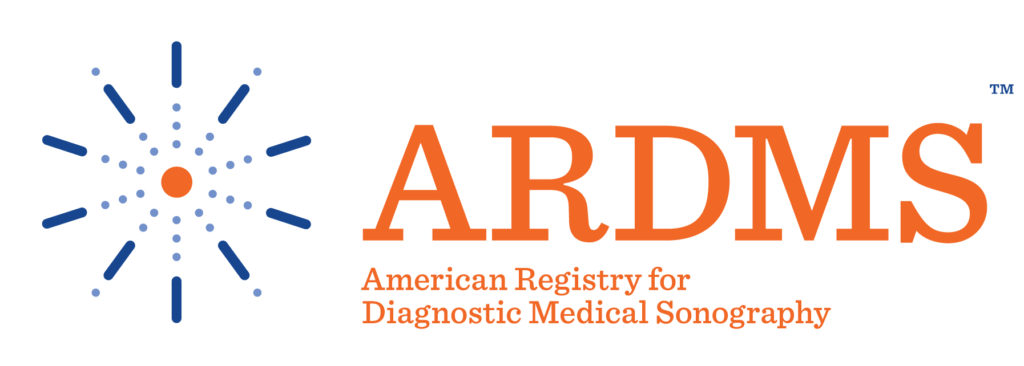

Dangers of DVT
March is DVT Awareness Month,
Sponsored by the Coalition to Prevent DVT’S
What is a DVT?
A DVT occurs when the blood clots and forms a blockage of normal blood flow in one vein or multiple veins. DVT’S usually form in the legs, but they can form in the upper extremities or other veins in the body.
What are the Causes of a DVT?
An injury or surgery which causes immobilization, genetic or inherited predisposition to DVT’S, Obesity, long periods of sitting in vehicles or airplanes, treatments such as cancer treatments.
Symptoms
Swelling of the extremity ( most common) or pain in the extremity, redness and warm/hot to the touch.
Treatments
Medications to thin the blood and dissolve the blood clot. Compression stockings are also used for the swelling that is associated with a DVT. Sometimes if you have chronic DVT, a filter is placed in the Inferior Vena Cava to catch or filter out the blood clots before they have a chance to move to your lungs. DVT is extremely dangerous killing around 200,000 people each year. Many people are unaware that they have a DVT, left untreated the blood clot can travel and lodge in the main artery of the lungs (called a pulmonary embolism) and become life-threatening. The best way to check for DVT is to perform a venous doppler ultrasound scan. A very quick and easy exam. A lab test can also be performed (D-Dimer), and others test such as a CT scan or MRI scans to check for clots in the lungs.








